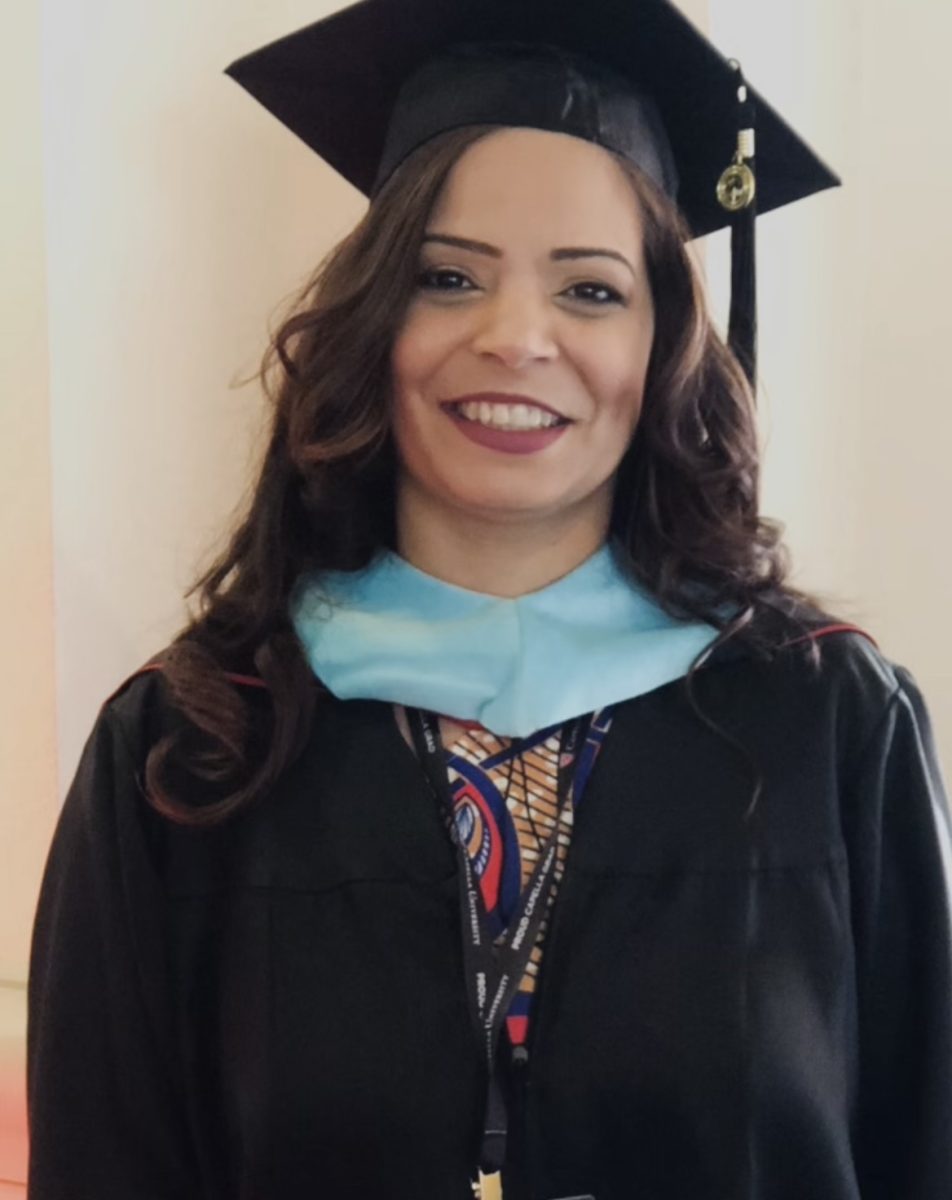By Jon Terbeche
[email protected]
“Think pink” is a phrase you may have heard somewhere. Perhaps when you heard it, it may not have had much meaning to you, or maybe it was used in a different context, but normally when someone utters the phrase, they are spreading the word of breast cancer awareness.
October marks breast cancer awareness month, and there are numerous fundraisers and activities available to take part.
Breast cancer is the most prominent cancer among women, second only to skin cancer. Today, one in almost every eight women will develop breast cancer in her lifetime.
Breast cancer is the second-leading cancer killer in women after lung cancer. It is also the leading cause of cancer death among women ages 35 to 54. The American Cancer Society estimates that in 2010, approximately 192,370 women will be diagnosed with breast cancer and approximately 40,610 of them will die from it.
If all women aged 50 and older who needed a mammogram had one, researchers believe that the mortality rate could decrease by as much as 30%.
The majority of breast cancer cases occur in women who have no family history. In fact, only 5% to 10% of breast cancers occur in women with a clearly defined genetic predisposition for the disease. The risk for developing breast cancer increases as a woman ages.
Here are a few helpful tips to help women become more proactive about breast cancer awareness.
Start getting a mammogram every year at age 40 or 50. Breast cancer experts don’t agree when women should begin getting mammograms, so ask your doctor to be safe.
Women in higher risk categories should have mammogram screenings every year, starting at an earlier age. MRI or ultrasound screenings can also be given in addition to mammograms. Discuss the best approach with your doctor.
Have your breasts examined by a health care provider at least once every three years after age 20, and every year after age 40. Clinical breast exams can complement, not supplement, mammograms.












